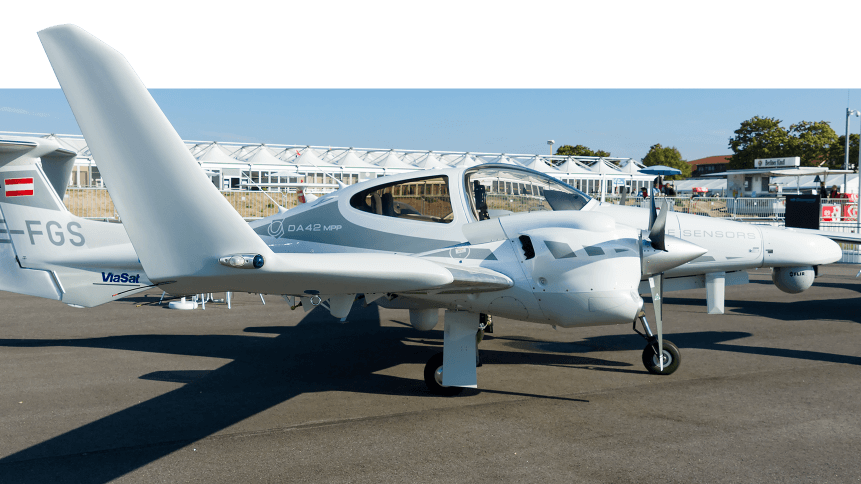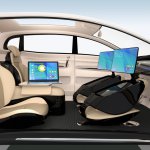Autonomous plane makes successful landing in Germany

Autopilot has been in the aviation industry for some time and it has simplified the jobs of pilots over the years.
But researchers at Technische Universität München (TUM) decided that it was time to introduce AI (artificial intelligence) into the aviation, and they started first by getting a plane to land autonomously with incredible success.
Some might wonder how this differs from “automatic landing” that the industry has deployed all the while. Automatic landing requires signals from a radio tower, which can only be found in major airports (called the Instrument Landing System, or ILS).
In smaller airports, ILS isn’t present due to the large costs it involves. At airports like these, autonomous landing comes in extremely handy as it allows the plane to navigate itself without relying on any on-ground instruments or infrastructure— not even a pilot.
What helps the plane navigate is the visible-light and infrared cameras installed on the nose of the plane. These two cameras help the plane calculate its distance to the tarmac, adjust its speed and deploy the wheels on-time to ensure the plane lands safely.
Tested on a Diamond DA42 aircraft, the team at TUM fitted the plane with a customized automatic control system and a computer vision processor.
The AI was fed with data about runways, so it uses this data to recognize, characterize and make calculations to facilitate flawless landing. The AI and the cameras were made specifically for the task at hand and collectively they’re called C2Land.
Clearly impressed with the way C2Land works, Thomas Wimmer, the test pilot for TUM’s project said, “The cameras already recognize the runway at a great distance from the airport.
“The system then guides the aircraft through the landing approach on a completely automatic basis and lands it precisely on the runway’s centerline.”
Could this be an industry standard?
C2Land doesn’t just have potential smooth landings for passenger planes. Such tech, if used for planes dealing with air freight, could help ensure the safety of cargo when cargo planes make their landing.
Furthermore, if a plane could fly around the globe autonomously, it would help save cost, shipping time and improve profit margin too.
However, this technology is still very much in its experimental stage. As of now, it’s only possible to be installed in smaller planes that fly on smaller airports and it’s still far away from being certified by the aviation authorities. It still needs more experiments and test runs before it sees real-world deployment.
But, with obvious safety and cost-saving benefits— and autonomous vehicle technology development accelerating— this might just be an industry standard in just a few more years to come.










